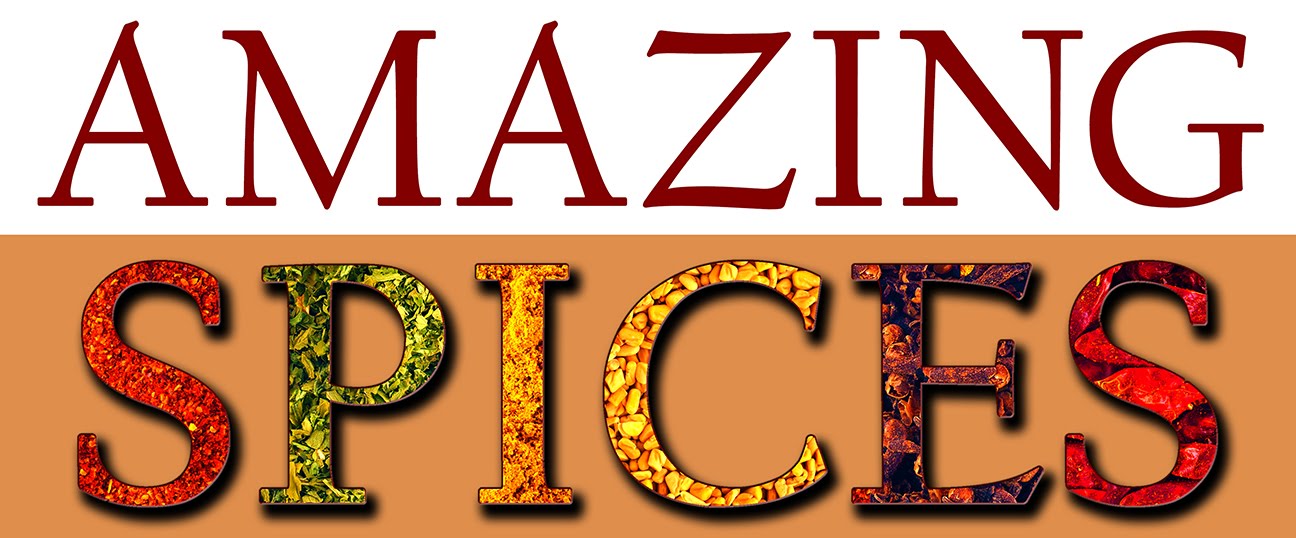Chili Pepper
chi-lē
Why it called chili pepper – it doesn’t give you the chills
and on the contrary, it is quite HOT!
Origin: Chili peppers originated in the Americas, in
Mexico, Central America and parts of South America and is known to have been
around since about 7,500 BC. The name “Chili” seems to have originated from
Nahuatl, an Aztec language.
Chili peppers have a very interesting background and history
about how the spice became one of the most widely used spices today.
It all started when Christopher Columbus stumbled upon them
on his quest for the New World. He was in search of a new spice trade route to
India when he found himself in the Americas and came across the spice. He
thought the spice added a hot flavor to food as did black pepper and thus named
it ‘pimiento’. He then brought this “pepper” back to Spain. However, it was not
until Portuguese explorer, Vasco de Gama discovered a trade route from South
America through Africa and on to India in 1498 that the chili pepper travelled to
India and other parts of the world.
It was later determined that chili peppers are part of the
capsicum family and grow as a fruit. Today, there are so many variations of chilies with varying
spice levels.
A few common peppers are jalapeños, serrano, cayenne, piri
piri and habanero.
- The spiciest chili peppers are measured by the spice level in Scoville Heat Units (SHU)
- The Carolina Reaper comes in at 2,200,000 SHU.
- The Trinidad Moruga Scorpion comes in at 2,009,231 SHU
- Another pepper from Trinidad is the 7 Pot Douglah is 1,853,936 SHU
- The Dorset Naga Chili Pepper from the Dorset, England region is 1,400,000 SHU
There’s a whole exciting world of chili peppers
There’s even chili pepper eating contests worldwide.
If you love spicy food, there’s even a name for you…"pyro-gourmaniac." "Pyro" indicates "fire," and "gourmaniac" means "person who loves to inflict pain on himself, via food," more or less.
Recipes: There are many recipes that can be made with
peppers. Chili peppers are used globally and in many variations – in the form
of chili oil, chili paste, as powder or as whole peppers.
Chili oil is a great addition to add to dishes for some
delicious hotness goodness.
There are some very interesting recipes made with peppers
that may not be your usual pick.
When one thinks of jelly, you usually think of a sweet
flavor but have you ever tried hot pepper jelly?
Here’s a homemade recipe made with a combination of a few
bell peppers and jalapeno for some extra kick!
You can also make stuffed hot peppers.
How about some hot chili pepper dip with a combination of
chili peppers such as Siracha sauce, chili pepper powder and paprika.
Let’s not forget dessert. Chili peppers can also be used to
make a delicious chocolate truffle – Cayenne Hot Chili Pepper Truffles.
Benefits:
Chili peppers are more than just spicy! Red peppers are
known to be powerful antioxidants while the green ones can help improve eye
health. It is also connected to weight loss because it can reduce appetite and
help men and women burn more fat. Cayenne peppers are also known for their
anti-inflammatory and gastroprotective properties. They can help clear
congestion, boost immunity and even help
to lower the risk of Type 2 diabetes according to a study published in American
Journal of Clinical Nutrition.
There are some precautions to take with chili peppers.
Although chili peppers can help with pain relief, for some
it causes heartburn and upset stomach.
Chili peppers are great to add to recipes but take caution
and don’t overdo it because it can be linked to risk of stomach and throat
cancer.
When you cut up peppers, don’t forget to wash your hands so you
don’t end up rubbing irritating your eyes and mouth. Otherwise, you’ll just be
a hot mess. Speaking from experience 😊
Sources








Comments
Post a Comment